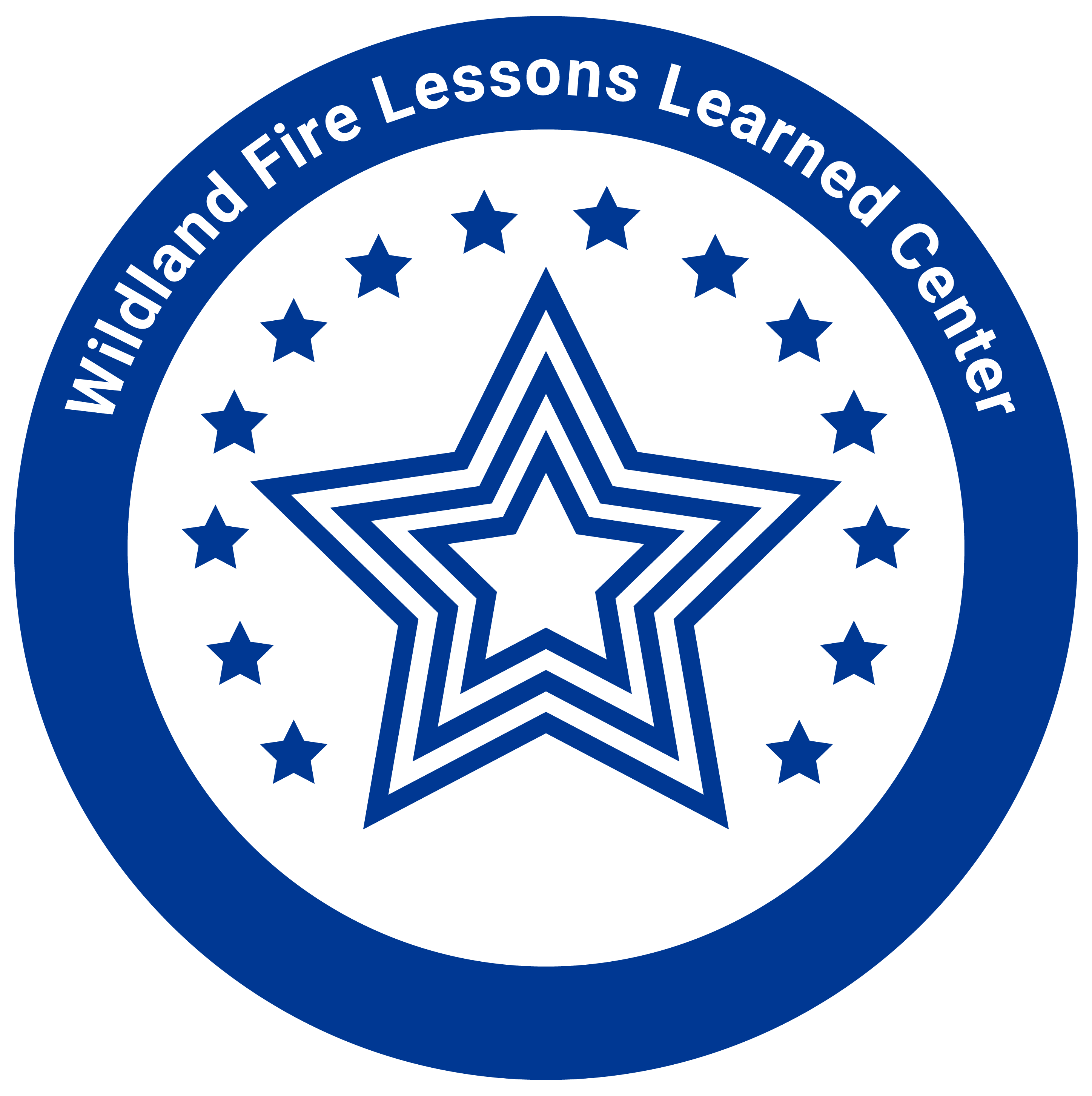Blowing Up Hazards
The Story of Using Fireline Explosives on the Fork Fire

You are managing the Fork Fire—being pushed by strong east winds—on California’s Eldorado National Forest. Your fire is burning in a remote, extremely steep canyon inside the 2014 King Fire’s burn scar.
The King Fire had burned at high severity with nearly 100 percent tree mortality, leaving large snag patches of fire-killed trees. These standing snags now present a significant safety hazard to your firefighters, especially in these strong winds. What’s more, a high concentration of dead-and-down trees confront your firefighters with a heavy fuel load. To make matters worse, this area also has dense post-King Fire regrowth of 4-6-foot-tall brush.
On your incident’s second day, a 50-foot tall, 9-inch DBH snag silently falls and strikes a Type 2 Hand Crew member—resulting in an ambulance transport to a local hospital where the firefighter receives four staples to the head.
How do you address these serious risks presented by these hazardous conditions and still manage to develop a successful containment strategy?
Answer: The Incident Management Team on the Fork Fire this September sought new ideas and creative solutions. They found success through engaging a U.S. Forest Service Blaster to mitigate these hazardous conditions that had stopped containment efforts on Division D.


To share their insights and lessons of using Fireline Explosives (FLE) on this fire, the Incident Management Team developed an RLS report.
Some of the important lessons from this RLS:
Lessons
- Correct use of Fireline Explosives to mitigate hazard trees needs to continue to be a tool available to fire managers and Incident Management Teams to mitigate the hazard to our workforce.
- The approach of conducting small-scale test shots followed by brief After Action Reviews creates an excellent opportunity for real-time evaluation and learning, and continuous validation of the selected tactic. This starting point anchors the operation to the stated objective and provides a good foundation from which to scale up.
- Loading trees with explosives with the dual intent of hazard tree mitigation and brush removal provides excellent results for both of these objectives. On this incident, many trees were loaded with a higher-than needed density (amount of explosives per tree) in order to accomplish brush removal, which proved effective. Additionally, higher loading densities created a blast overpressure wave that effectively knocked down many smaller diameter trees in the immediate area.
- Trees that pose the greatest risk are not typically the larger diameter trees in the stand. Larger diameter trees were found to have sound wood internally. The main hazard in these trees is loose branches or tops. The most hazardous trees found were in the 6-18-inch DBH range, typically fir or pine species. These trees had the most significant deterioration of wood and failed at the highest rates.
To read the details of how this blasting program was planned and implemented, including additional “Accomplishments” and “Lessons”—with several “Before” and “After” blasting photos—you should check out this recent RLS:
"This use of blasting as an available tool proved critical to meeting incident objectives and successfully reduced risk exposure to firefighters."
Eliot Pickett, Safety Officer; Southwest Area Incident Management Team 4

